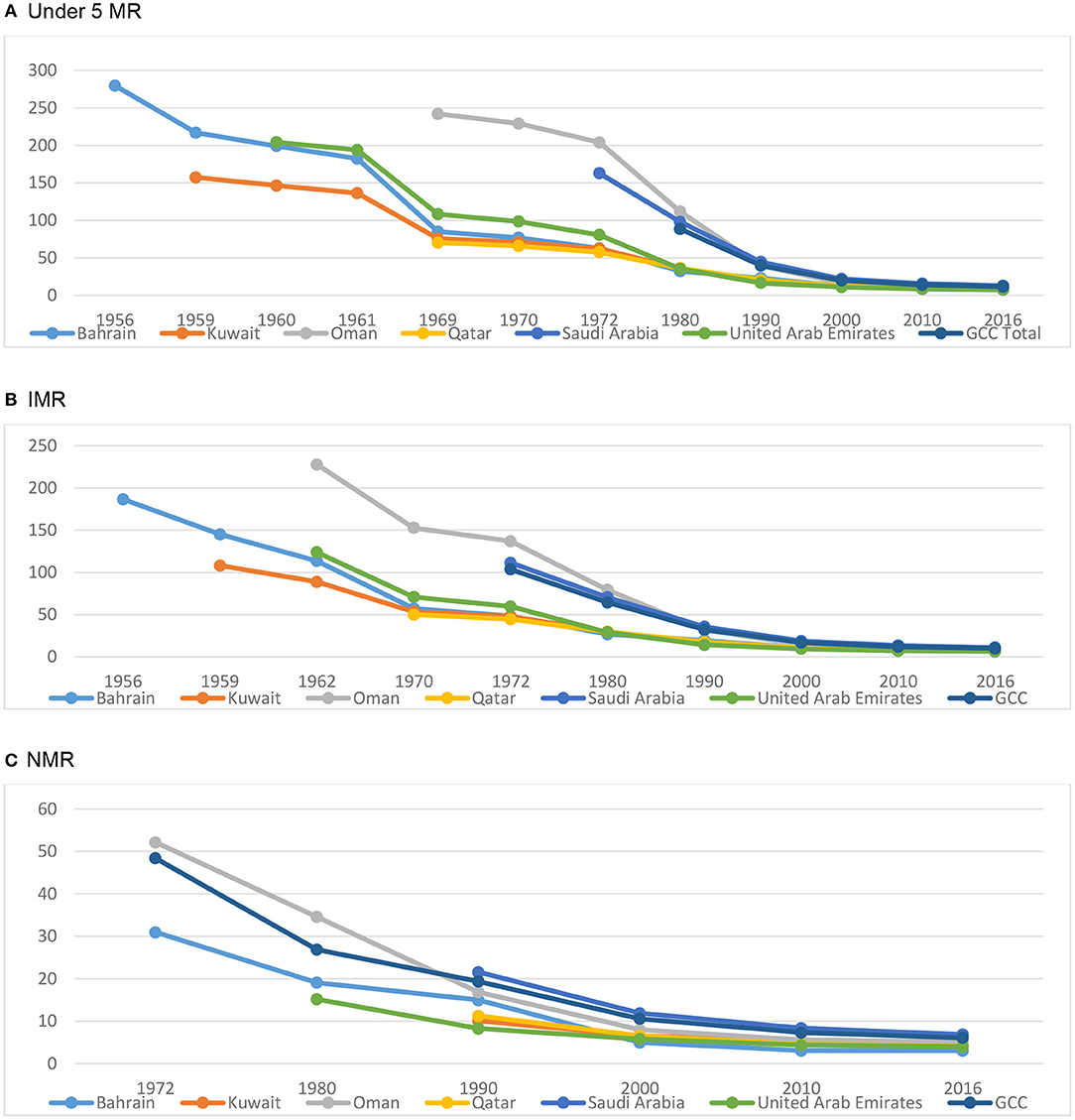In conclusion, traditional Arabian dresses are a vital part of the region's cultural heritage, showcasing the craftsmanship and artistry of centuries-old traditions. These garments are not just clothing, but symbols of identity and pride for those who wear them. As the Arab world continues to modernize and evolve, the beauty and elegance of traditional Arabian dresses will always remain an important part of the region's history and heritage.

For women, the abaya is a traditional robe that is widely worn in the Arabian Peninsula. This loose-fitting garment is typically black and can be worn over clothing to provide modesty and protection from the sun. The abaya is often made from lightweight materials such as silk or chiffon, and is commonly embellished with intricate embroidery or beading. In recent years, modern variations of the abaya have emerged, featuring bold colors and contemporary designs while still maintaining the modesty and elegance of the traditional garment.
Arabian formal wear for women is equally exquisite, with a focus on luxurious fabrics and intricate detailing. The traditional attire for women in the Arabian Gulf region is the abaya, a long, flowing cloak worn over other garments. The abaya is often made of silk or chiffon, adorned with delicate embroidery, beading, or sequins. I have seen women wearing abayas in a range of colors and styles, from simple black designs to more elaborate creations featuring vibrant patterns and textures.
Furthermore, the use of technology has also transformed the way Arabian dresses are marketed and sold to consumers. If you cherished this article and also you would like to obtain more info pertaining to arabian casual wear (
click through the next article) nicely visit our own site. Online shopping platforms and social media have made it easier than ever for designers to reach a global audience and showcase their collections to a wider market. This digital revolution has enabled consumers from around the world to access and purchase Arabian dresses with just a few clicks, breaking down geographical barriers and making traditional Arabian fashion more accessible and inclusive than ever before.
In recent years, Arabian gowns have gained popularity beyond the Middle East and are now worn by people all over the world. Designers have begun incorporating traditional Arabian elements into their collections, creating a fusion of East and West that is both modern and timeless.
One of the most significant advancements in Arabian cultural dresses is the introduction of innovative materials and textiles that provide a fresh and modern twist to traditional designs. While silk, satin, and chiffon have long been the go-to fabrics for Arabian dresses, designers are now experimenting with more modern fabrics such as neoprene, leather, and even denim. These unexpected materials add a contemporary edge to the classic silhouettes of Arabian dresses, creating a bold and modern look that is both striking and stylish.
One of the most striking elements of Arabian formal wear is the traditional attire worn by men, known as the thobe or dishdasha. This ankle-length robe is typically made of lightweight, breathable fabric such as cotton or linen, designed to keep the wearer cool in the hot desert climate. The thobe often features intricate embroidery and embellishments, reflecting the wearer's status and personal style. I have observed men wearing thobes in a variety of colors, from pristine white to rich shades of navy and black, each color carrying its own symbolic meaning.
One of the most iconic Arabian dresses is the thobe, a long flowing robe worn by men across the Arab world. The thobe typically features long sleeves and a high neckline, and is often made from lightweight fabrics such as cotton or linen to combat the hot desert climate. The thobe is known for its simplicity and comfort, making it a practical choice for everyday wear. In some regions, men may embellish their thobes with intricate embroidery or decorative buttons to showcase their personal style.
In addition to the thobe, abaya, and kaftan, there are many other types of traditional Arabian dresses that are unique to specific regions and cultures within the Arab world. For example, the dishdasha is a long robe worn by men in the Gulf countries, while the djellaba is a hooded robe worn by men and women in North Africa. Each of these garments is steeped in history and tradition, reflecting the diverse cultures and customs of the Arab world.
Another distinct feature of Arabian cocktail dresses is the intricate embroidery and embellishments that adorn the garments. From delicate beadwork and sequins to elaborate patterns and motifs, these dresses often showcase skilled craftsmanship and attention to detail. The embroidery work on Arabian cocktail dresses is usually inspired by
traditional arabian dresses Middle Eastern motifs such as geometric patterns, floral designs, and calligraphy, adding a touch of cultural heritage to the modern silhouette.
In conclusion, luxury Arabian dresses are a true reflection of the rich cultural heritage and exquisite craftsmanship of the Arabian countries. From the intricate designs and lavish fabrics to the vibrant colors and bold patterns, these dresses are a celebration of luxury and elegance. Whether you're attending a formal event or simply looking to add a touch of glamour to your wardrobe, a luxury Arabian dress is sure to make a statement and leave a lasting impression.